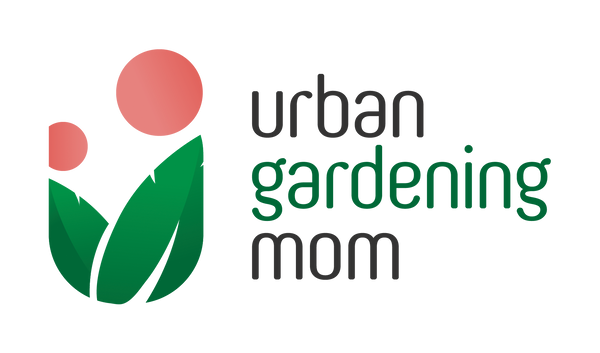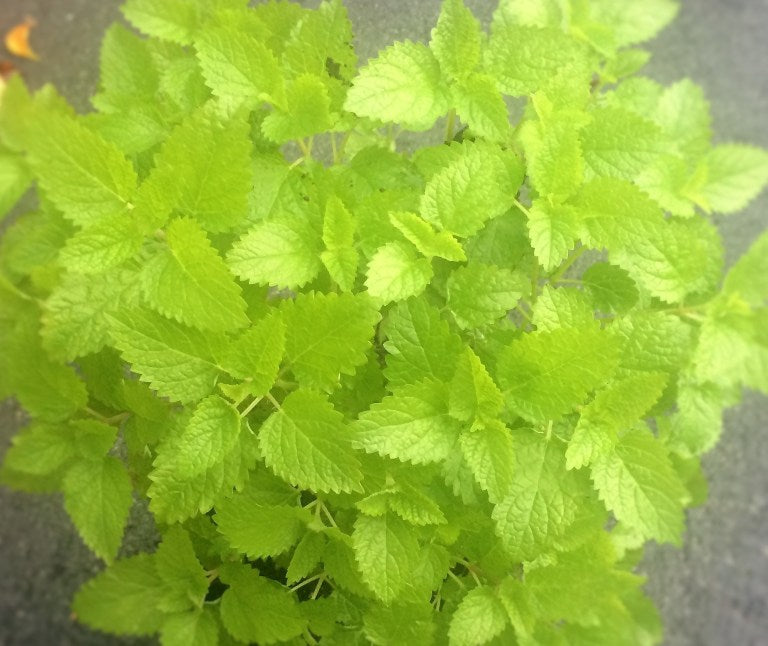12 Things to Do With Lemon Balm
(Check out https://thenerdyfarmwife.com/12-things-to-do-with-lemon-balm/)
1. Make a sleepy time herbal syrup – place about 3/4 cup lemon balm leaves into a small pot and add enough water to just cover the leaves. Simmer, covered partially, until the liquid is reduced in half. Strain out & compost the leaves. While still quite warm, measure out about 1/2 cup of the concentrated tea and stir 1/4 cup raw honey into it. Add more honey to taste, if you wish.
2. Chop fresh leaves and sprinkle on fruit salads; drizzle with honey or a dressing made of yogurt and honey.
3. Make a glycerite – Fill a jar with leaves. Cover with a mixture of 3 parts vegetable glycerine to 1 part water. Cap and let this sit in a dark place for 3 to 4 weeks. Strain. Dose is 1/2 to 1 teaspoon as needed to relax and calm. Store in your refrigerator for several months. (Adapted from Rosemary Gladstar’s Medicinal Herbs.)
4. Make a relaxing, tummy soothing tea – Fill a jar with fresh leaves. Pour simmering hot water into the jar then cover the top with a saucer so that none of the vapors escape. Let steep until cool enough to drink. Sweeten to taste.
5. Moisten cosmetic clay with lemon balm tea to dab on blemishes and bug bites as needed.
6. Fill a bath bag with lemon balm leaves and rose petals. Hang from the spigot and let the water run through as the tub fills. (No bath bags handy? Try a thin white sock with a knot tied at the top.)
7. Add finely chopped leaves (1 to 2 TBSP) and lemon zest (a pinch) to your favorite scone or muffin recipe.
8. Make a tincture – Add leaves to a jar until about three-quarters filled. Pour in 80 proof or higher alcohol (like vodka) until the jar is filled. Cap with a non-metallic lid and store in a cool, dark place for about 4 to 6 weeks, shaking periodically. Strain and store for at least a year. Adult dose is 1/4 teaspoon (which is also about 1 dropperful or 1 ml) at a time, as needed. I usually mix with equal parts honey for better patient compliance. This is a great stomach soothing, anti-viral concoction, perfect to take when you feel like you’re coming down with a cold or bug.
9. Make a vinegar – fill a jar about 3/4 full with fresh leaves. Cover with apple cider vinegar. Cap with a non-metallic lid and let steep in a cool dark place for a few weeks. Strain and use as a hair wash or add to your bath water. You can also use this in food dishes & salad dressings instead of plain vinegar.
10. Make candied lemon balm leaves – This is a favorite kid activity around here! Beat an egg white with a tiny bit of water. Dip lemon balm leaves in the mixture, then dip in sugar. Lay the coated leaves on a parchment lined baking sheet. Place the baking sheet in a 200 degree F oven until the leaves look dry, but not browned. Check after 20 minutes and every 5 to 10 after that.
11. Make Lemon Balm & Honey Butter – Mix half a stick (4 tablespoons) of softened butter with a pinch of finely chopped lemon balm. Add a drizzle of honey to taste. Yummy on hot fresh bread or biscuits!
12. Make an herbal water – Fill a jar with fresh lemon balm leaves and a thinly sliced lemon. Pour in cold water until it reaches the top. Refrigerate for several hours. So refreshing on a hot day!


